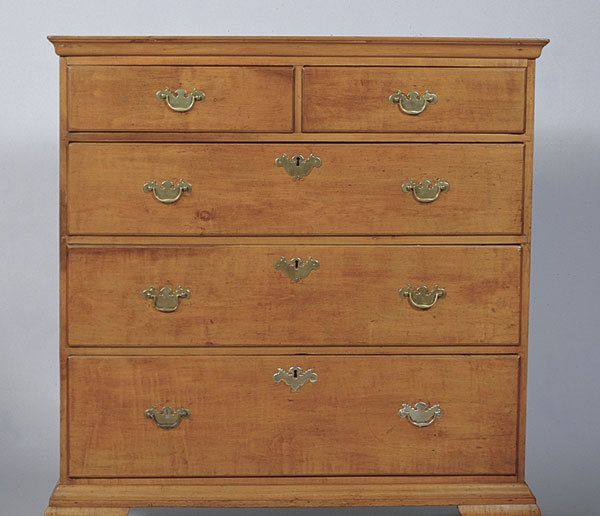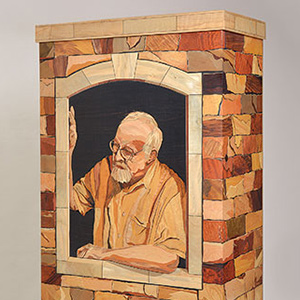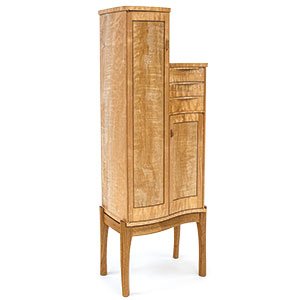A Short History of Influential Designers

Often the way we categorize furniture is by a prevailing figure of the time. In Europe, furniture periods were historically defined by the ruling monarch, whereas American furniture history typically defined periods by leading designers.
Monarchs made their mark
Furniture made during the 17th and early 18th centuries were often categories by the reigning monarch of the time (Henry VIII, Elizabeth I, et al.). In France, the reigning monarch of the last half of the 17th century, Louis XIV, became the namesake for furniture produced during the time that is large and magnificent. Louis XV and Louis XVI continued this naming tradition in France as new design ideals were established.
The rise of the cabinetmaker
By the 18th century, furniture was made by cabinetmakers rather than joiners, and the list of American Chippendales is long (Thomas Chippendale being the most famous English cabinetmaker of the period, and by whose name furniture of the middle of the period is often known). Influencial cabinetmakers of this era include the Goddards and Townsends of Newport, Rhode Island, and many notable Philadelphia makers, such as William Savery, Thomas Affleck, and Benjamin Randolph.
Mass production takes shape
In the 19th century, mass production meant that most furniture was designed anonymously. Nevertheless, a few designers stand out, often as a result of a particular process, such as Lambert Hitchcock and his “fancy” painted chairs; John Belter, who developed a form of curved and pierced lamination that he used to make rosewood pieces in a late Empire style; Michel Thonet and his bentwood furniture; and Daniel Pabst, representative of a number of German-trained cabinetmakers who worked in the Philadelphia area in the Renaissance Revival style.
Inevitably there was a reaction against the often shoddy excesses of factory-produced furniture, and designers such as Charles Eastlake and Charles Voysey began working in the Arts and Crafts style. Similar reactionary movements sprang up in Austria and Germany, resulting in cleaner, simpler styles that were more honestly designed, and which led ultimately to styles such as Art Nouveau and Art Deco.
Also during the 19th century, craftsmen such as Gustav Stickley (who founded The Craftsman magazine — hence Stickley is one of the alternative names by which the Arts and Crafts style is known), and Elbert Hubbard (who founded the Roycroft Community, known for its Arts and Crafts furniture), were setting trends in design and construction. Other designers, such as Edward Barnsley in England, Frank Lloyd Wright, and the brothers Greene (California architects who designed both house and furniture as a whole), were responsible for furniture that was considerably more sophisticated and elegant while remaining true to the fundamental ideals of the Arts and Crafts movement.
The return of craftsmanship
By the middle of the 20th century, as a response in part to previous and current design movements such as Bauhaus, and in part to a resurgent interest in craftsmanship, a whole new generation of furniture makers appeared, including such widely different designers as George Nakashima, Wendell Castle, Sam Maloof, and James Krenov, who might arguably be regarded loosely as “20th-century” furniture makers.
Graham Blackburn is a furniture maker, author, and illustrator, and publisher of Blackburn Books (www.blackburnbooks.com) in Bearsville, N.Y.
Fine Woodworking Recommended Products

Sketchup Class

Compass

Blackwing Pencils






















Log in or create an account to post a comment.
Sign up Log in